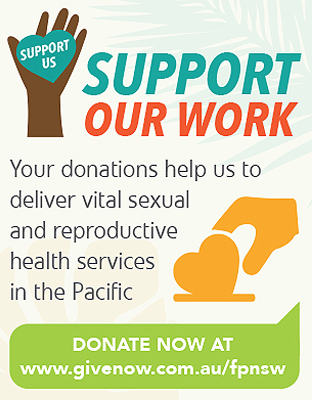Has Human Papillomavirus (HPV) Vaccination Prevented Adverse Pregnancy Outcomes? Population-Level Analysis After 8 Years of a National HPV Vaccination Program in Australia
Reference
Yuill, S., Egger, S., Smith, M., Velentzis, L., Wrede, D. C., Bateson, D., & Canfell, K., 2020, Has Human Papillomavirus (HPV) Vaccination Prevented Adverse Pregnancy Outcomes? Population-Level Analysis After 8 Years of a National HPV Vaccination Program in Australia, The Journal of Infectious Diseases, available online https://doi.org/10.1093/infdis/jiaa106Human Papillomavirus (HPV) Vaccination
What is human papillomavirus (HPV)?
HPV is a virus that can cause genital warts and some types of cancer including cervical cancer (cancer of the neck of the uterus). There are more than 100 types of HPV - about 40 of them can affect the genitals which includes the penis, vulva, vagina and cervix and anus.
In most cases, HPV infections are cleared naturally by the body within 2 years. However, in some cases the HPV is not cleared and stays on in the body and can lead to the development of certain cancers.
Impact Study - National Human Papillomavirus Genotype Surveillance Program
Research status
Completed
Overview of Study
This study is administered by The Royal Women’s Hospital, Melbourne. Family Planning NSW is a study partner, assisting with recruitment of participants at the Ashfield and Hunter FPNSW clinics. Please note we are no longer recruiting for this study.
Genital Warts
Genital warts are a very common sexually transmitted infection (STI) caused by the human papillomavirus (HPV).
Genital warts are spread by skin to skin contact during vaginal, anal or oral sex. There are over 100 types of HPV that can infect human skin. About 40 of these types of HPV infect the skin of the genital area including the penis, vagina or anus and two main types that cause genital warts.
Know Your Health: Cervical Screening Test
What is cervical cancer?
Our bodies are made up of millions of cells.
New cells grow every day.
Sometimes when cells grow differently they can turn into cancer.
Cervical cancer is cancer in the cervix.
The cervix is inside the body at the top of the vagina.
What causes cervical cancer?
Cervical cancer is caused by the human papillomavirus. Human papillomavirus is sometimes called HPV.
There are many types of HPV. Women and men can get HPV. HPV is very common. Anyone who has ever had sexual contact could have HPV.
Optimising cervical cancer prevention amongst Aboriginal women in rural and remote New South Wales: A pilot study
Research status
Completed
Overview of Study
Family Planning NSW, with Walgett Aboriginal Medical Service, is implementing a pilot study which aims to address the relatively high cervical cancer incidence and mortality amongst Aboriginal women, through utilising a combined screening approach with same-day treatment (if indicated and requested). A ‘same-day’ approach may benefit women who may otherwise be lost to follow up.
An evaluation is being undertaken by the University of Newcastle to explore the acceptability of this approach for Aboriginal and non-Aboriginal women and the relevant health workforce.


